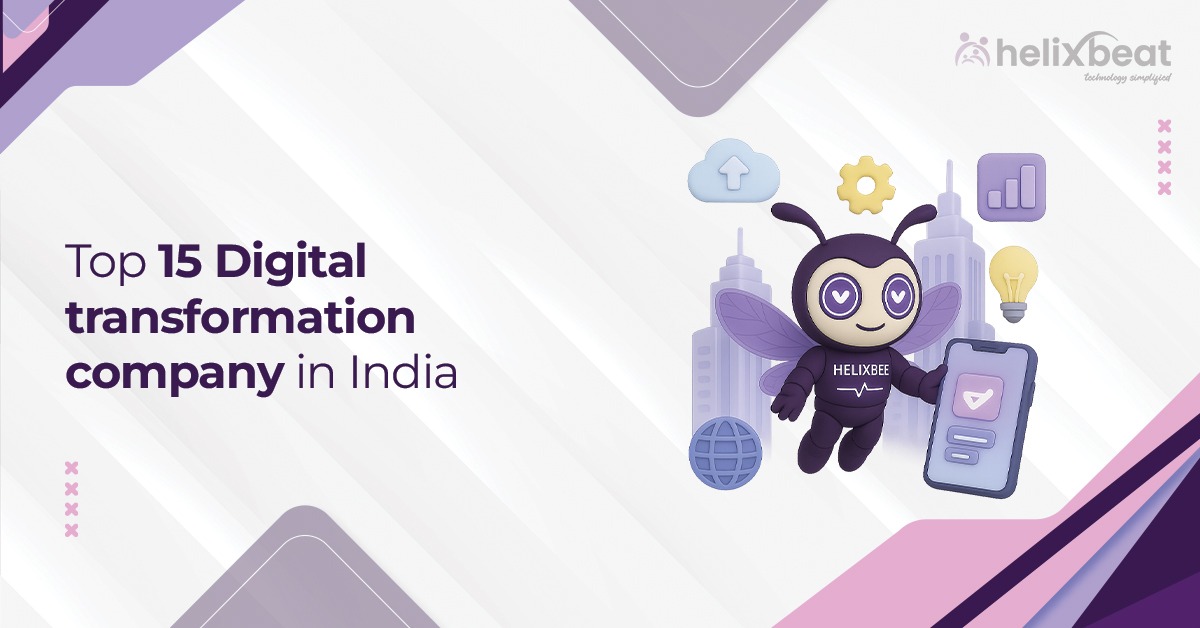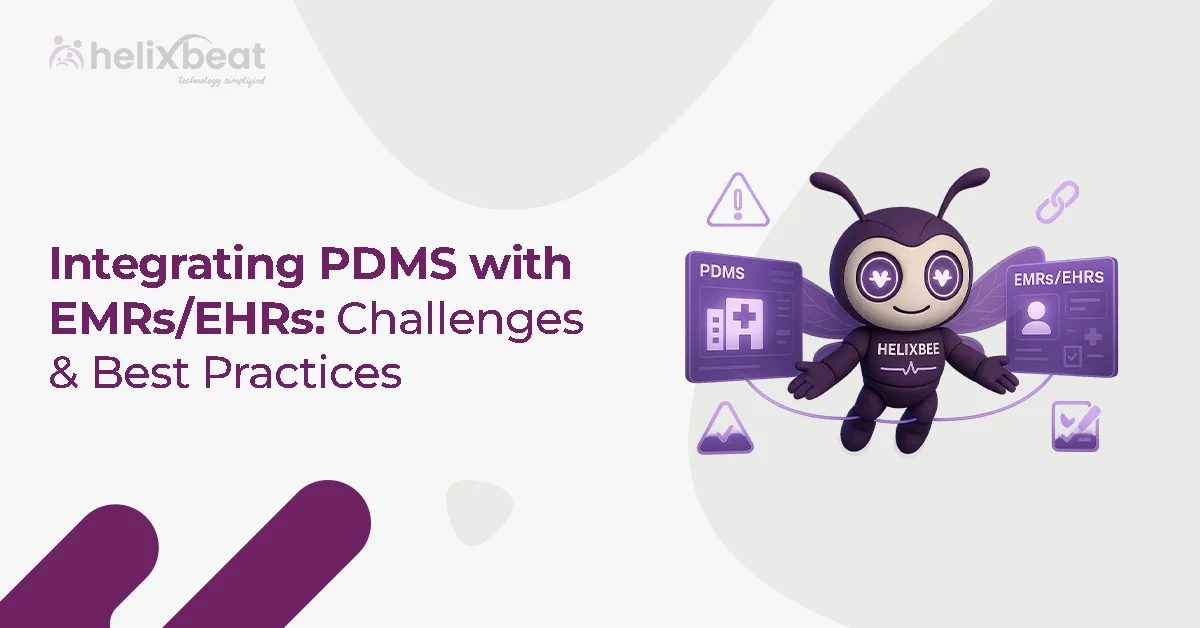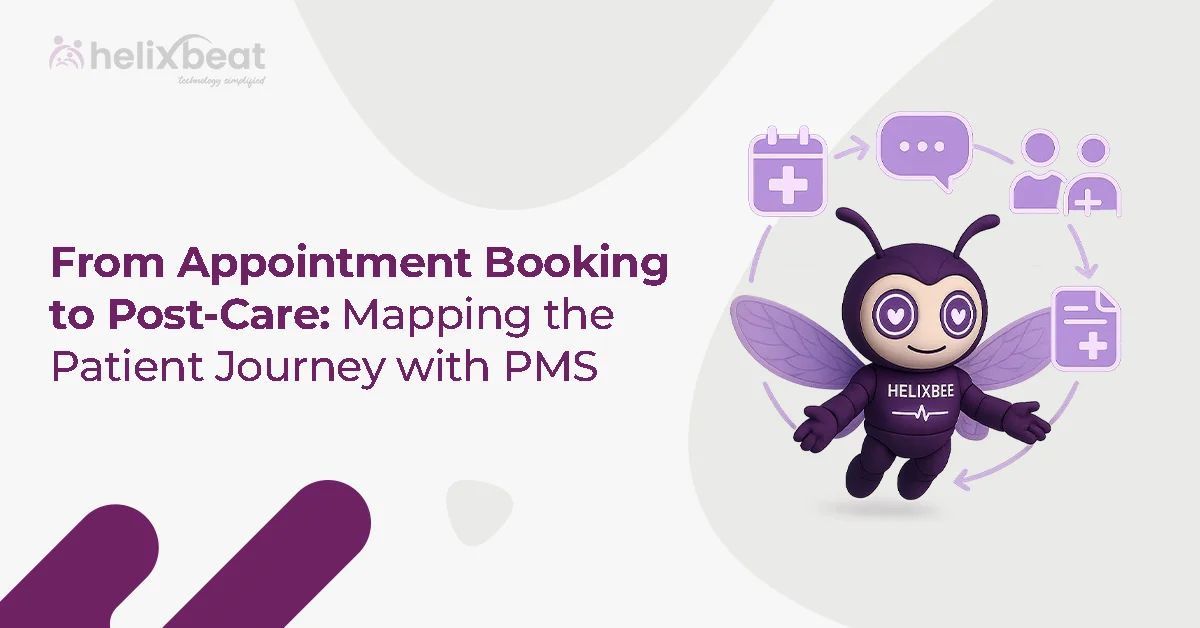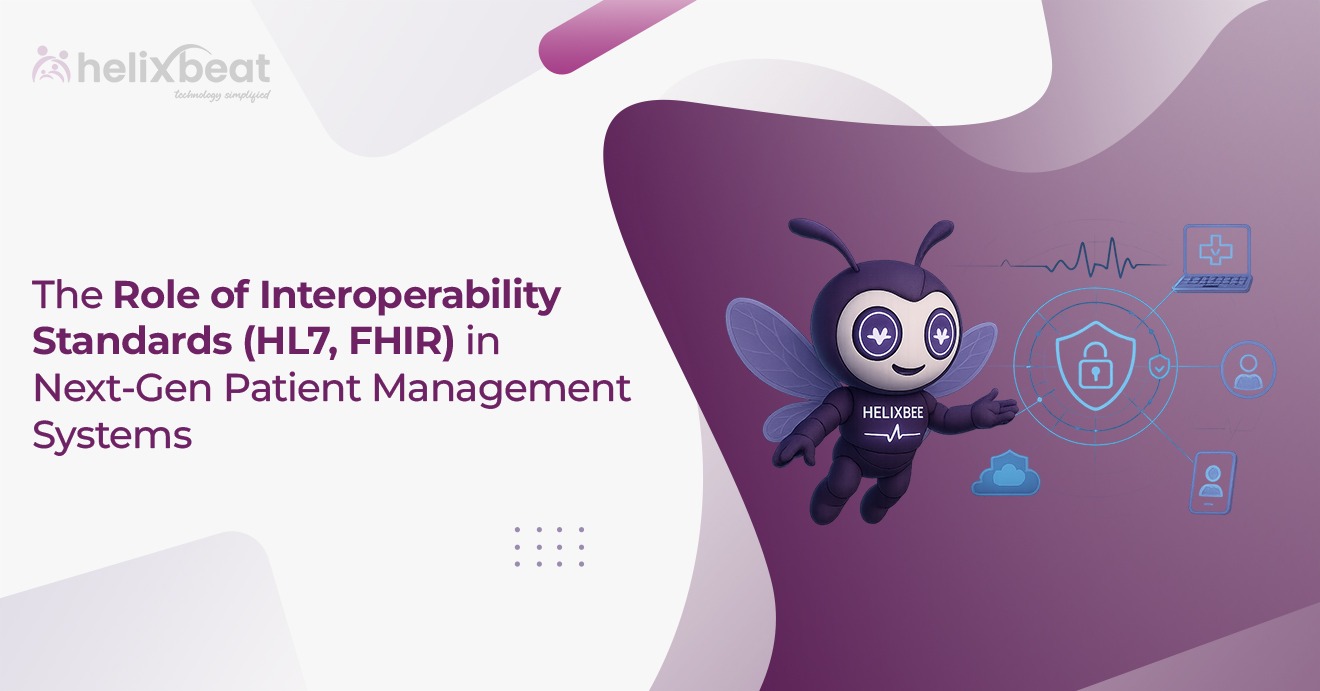Virus-related diseases have become a common global concern. From COVID-19 to Monkeypox, new viruses are increasingly affecting people worldwide. This makes it inevitable for all premises, whether business buildings, residential complexes, or public institutions, to adopt stricter hygiene measures. The necessity for better precautions became especially clear after the COVID-19 pandemic. Traditional visitor management systems, which rely on physical logbooks, manual ID checks, and in-person interactions, pose a significant risk of virus transmission.
This is why a contactless visitor management system like VISTA is essential. For instance, during the COVID-19 pandemic, many companies adopted digital check-in solutions to minimize touchpoints. In 2020, tech giant Google replaced physical visitor logs with QR-based check-ins at its offices to prevent virus spread. Similarly, VISTA’s digital QR-based gate passes, pre-registration options, and ID verification eliminate unnecessary physical contact, ensuring a safer environment for employees, visitors, and management.
Table of Contents
Key statistics
- 80% of infections are spread by hands touching contaminated surfaces, making physical logbooks and ID check-ins a major risk factor in workplaces. (Source: CDC)
- Viruses can survive on surfaces for up to 72 hours, with high-touch areas like reception desks, elevators, and door handles acting as major transmission points. (Source: NIH)
- Office spaces and shared facilities see a 40% increase in infection risk due to frequent human interactions and inadequate contactless protocols. (Source: WHO)
- Traditional visitor logs expose 60-70% of visitors to potential contamination, as multiple people handle the same documents and pens. (Source: Occupational Health & Safety Journal)
- Companies that implemented contactless visitor management systems saw a 55% reduction in virus transmission in their premises by eliminating unnecessary touchpoints. (Source: Global Workplace Safety Report 2023)
6 Ways Viruses Spread with Traditional Visitor Management Systems
Traditional visitor management systems rely on physical processes such as logbooks, manual ID verification, and direct interactions at entry points. These outdated methods create multiple opportunities for virus transmission within premises, putting employees, visitors, and staff at risk. Here are six ways viruses spread through traditional visitor management systems:
1. Contaminated Logbooks and Shared Pens
One of the most common ways viruses spread is through physical logbooks and shared pens used for visitor registration. Every visitor must manually enter their details, touching the same surface repeatedly. Studies show that viruses can survive on paper and plastic surfaces for hours or even days, making shared stationery a significant transmission risk. During the COVID-19 pandemic, businesses saw an alarming increase in infection rates linked to high-touch surfaces like sign-in sheets and reception desks.
2. Face-to-Face Interactions at Entry Points
Traditional visitor management requires in-person ID verification by security personnel, increasing the risk of close-contact virus transmission. Visitors must hand over physical IDs, interact with security staff, and stand in queues, leading to unnecessary exposure. Airborne viruses, such as COVID-19 and influenza, spread rapidly in such conditions, especially in high-footfall areas like office lobbies, hospitals, and event venues.
3. Physical Gate Passes and Access Cards
Many premises issue paper-based gate passes or plastic access cards, which are passed between multiple hands. These passes are often reused or stored in unsanitary conditions, accumulating germs over time. The repeated exchange of these items significantly increases the likelihood of virus transmission. Research indicates that frequently handled objects in workplaces can harbor bacteria and viruses for extended periods, making traditional access control methods unsafe.
4. Lack of Health Screening Measures
Traditional visitor management systems rarely include health screening measures like temperature checks, vaccination records, or health declarations. This means potentially infected individuals can enter the premises unnoticed, posing a risk to employees and other visitors. During outbreaks like COVID-19, premises without automated screening processes saw higher infection rates compared to those using digital health screening tools.
5. Crowded Waiting Areas and Reception Desks
Manual visitor registration leads to crowding at entry points, where visitors wait in line to complete check-ins. These crowded areas become hotspots for virus transmission, especially in closed environments with poor ventilation. A study by the CDC found that crowded indoor spaces increase the risk of virus spread by up to 85%, making traditional reception areas a major health hazard.
6. Untracked Visitor Movements
Without digital tracking, contact tracing becomes nearly impossible in traditional visitor management systems. If a visitor tests positive for a virus, there is no easy way to notify others who may have been exposed. Delayed response times can lead to wider outbreaks within office spaces, factories, or residential complexes. Automated visitor tracking, which traditional systems lack, is crucial in preventing the rapid spread of infectious diseases.
The Need for a Contactless Alternative
With these risks in mind, businesses must adopt contactless visitor management solutions like VISTA to ensure safer, virus-free premises. By eliminating physical touchpoints, reducing face-to-face interactions, and enabling real-time visitor tracking, contactless systems play a crucial role in minimizing virus spread and protecting workplace health.
Key Ways Contactless Visitor Management Systems Prevent Virus Spread
1. Contactless Sign-In & QR Code-Based Check-In
Think about how many people touch a visitor logbook in a day—hundreds, maybe even thousands. That’s a germ hotspot waiting to happen! With VISTA, you don’t have to worry about that. Instead of signing a physical register or handing over your ID, you just scan a QR code with your phone, and boom—you’re checked in. No touching pens, no flipping through pages handled by who-knows-how-many people.
Even better, if you’re visiting a workplace or an apartment complex, your host can pre-register you and send you a digital gate pass in advance. That means no standing in long lines at the reception, no handling visitor badges, and no unnecessary delays. Plus, security can verify your ID digitally, so no one has to physically check your documents.
2. Automated Health Screening & Temperature Check
One of the biggest challenges in keeping a facility virus-free is stopping infections at the door. With VISTA, this isn’t left to guesswork. Before stepping inside, visitors fill out a quick digital health declaration, confirming they’re symptom-free and haven’t been exposed to any contagious diseases. No paperwork, no unnecessary contact—just a simple form completed on their phone.
But what if someone doesn’t disclose symptoms? That’s where touchless temperature screening comes in. VISTA integrates with thermal scanners that automatically check visitor temperatures, flagging anyone with a fever for further assessment. If a visitor doesn’t pass these checks, real-time alerts notify security immediately, preventing unauthorized entry.
By catching potential risks before they even enter, VISTA helps stop outbreaks before they start, keeping everyone inside the premises safer.
3. Digital Visitor Desk & Virtual Assistance
Nobody likes waiting in long reception lines, especially when close contact means a higher risk of spreading viruses. That’s where VISTA makes a huge difference. Instead of face-to-face check-ins, visitors can use self-service kiosks or even their own smartphones to register—no need to interact with reception staff or touch shared surfaces.
VISTA has virtual assistants that answer visitor queries, so there’s less face-to-face interaction with employees. And when it comes to approvals, hosts can approve or reject visitor entry remotely, meaning there’s no need for unnecessary back-and-forth at the front desk.
The best part? No crowded waiting areas, no unnecessary human contact, and a much safer check-in process. With VISTA, keeping your premises virus-free is effortless!
4. Touchless Access Control & Digital Gate Pass
Those shared access cards and fingerprint scanners? They’re basically germ magnets. Think about how many people touch them daily! VISTA ditches these outdated, high-touch systems and goes completely contactless.
Instead of paper badges or shared visitor passes, each visitor gets a unique QR-based gate pass on their phone—no touching, no hassle. Need even smoother access? VISTA integrates facial recognition, allowing authorized personnel to enter without lifting a finger (literally). This means no bottlenecks at entry points, just a seamless, touch-free check-in experience.
The result? No shared surfaces, no cross-contamination, and way fewer chances for viruses to spread. Safe, fast, and super convenient—just how it should be!
5. Real-Time Visitor Tracking & Contact Tracing
When a virus outbreak happens, time is everything—and guessing who was exposed just isn’t an option. That’s where VISTA steps in with real-time visitor tracking. It keeps an eye on who enters, where they go, and how long they stay, making it easier to manage high-traffic areas and ensure safety.
But what if someone later tests positive? No need for manual logs or guesswork. VISTA’s automated contact tracing instantly pulls up visitor check-in records, identifying everyone who might have been exposed. And with instant notifications and alerts, those individuals can be informed immediately, helping prevent further spread.
Fast action and accurate tracking mean outbreaks get contained before they spiral out of control. With VISTA, your premises stay one step ahead of any health risk!
6. Safe Handling of Parcels & Material Movement
Delivery personnel and courier services pose another risk of virus transmission due to package handling. VISTA includes:
1. Contactless Courier Management: Allows delivery personnel to drop off packages at designated collection points without physical handovers.
2. Digital Approval for Material Movement: Approves inward/outward material digitally, reducing the need for physical paperwork or shared documents.
3. Real-Time Alerts for Pickups: Employees are notified electronically to collect parcels, avoiding crowding at the reception area.
How it prevents virus spread: Minimizes unnecessary physical interactions during deliveries.
Why Businesses Need a Contactless Visitor Management System Like VISTA
With global health concerns rising, it is no longer optional for businesses to implement safety-driven visitor management systems—it is a necessity. VISTA not only enhances security and efficiency but also plays a critical role in preventing virus transmission within corporate offices, residential complexes, hospitals, and commercial buildings.
By integrating QR-based check-ins, automated health screenings, digital visitor approvals, and real-time tracking, VISTA creates a touch-free, virus-free environment for businesses of all sizes.
Key Takeaways:
- Minimizes virus spread through contactless check-ins and automated temperature screenings.
- Eliminates shared touchpoints, reducing the risk of surface contamination.
- Prevents symptomatic visitors from entering through real-time health monitoring.
- Reduces crowding and human interaction at reception desks.
- Enables rapid contact tracing, ensuring faster containment of virus outbreaks.
Conclusion
Viruses spread quickly in high-footfall areas, making traditional visitor management systems unsafe. VISTA’s contactless visitor management system ensures seamless, digital, and virus-free entry processes, helping businesses protect their employees, guests, and overall workplace safety.
Investing in a contactless visitor solution like VISTA is the best way to future-proof facilities against potential outbreaks while maintaining a secure and efficient visitor experience.
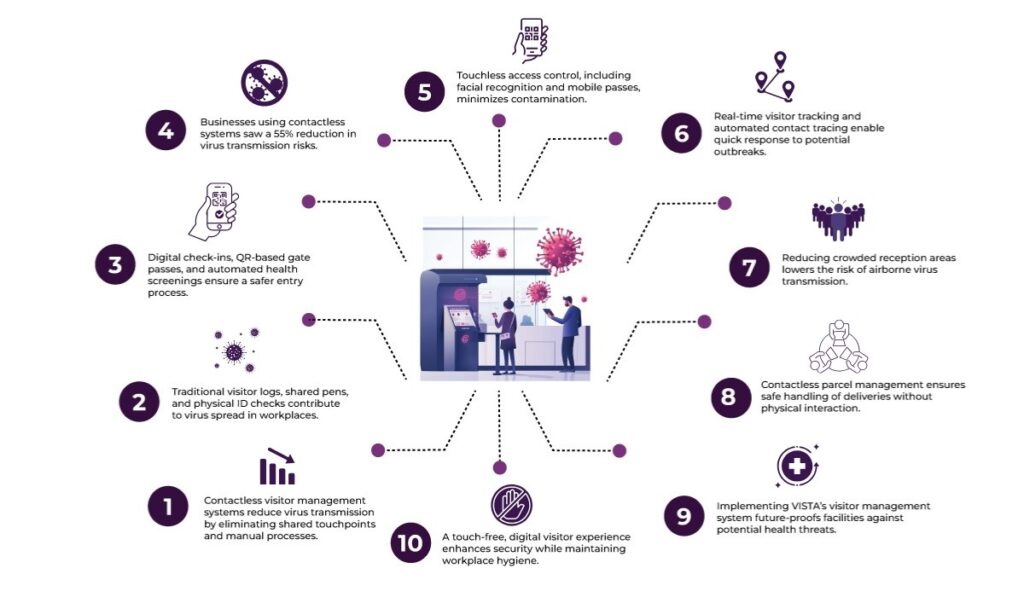
Frequently asked questions
1. What is a contactless visitor management system?
A contactless visitor management system is a digital solution that allows visitors to check in and out of a facility without physical contact, using QR codes, facial recognition, or mobile apps.
2. How does a contactless visitor management system help prevent the spread of viruses?
It eliminates shared touchpoints like sign-in registers, kiosks, and security desks, reducing the risk of surface contamination and person-to-person contact.
3. Can a contactless system perform health screenings?
Yes, many systems include health questionnaires, temperature checks, and vaccination status verification before granting entry.
4. Do visitors need to install an app to check in?
Not always. Many systems allow check-in via QR codes, web links, or facial recognition without requiring an app download.
5. How does a contactless system help with contact tracing?
It maintains a digital log of visitor entries and exits, making it easy to track and notify individuals in case of exposure to an infected person.
6. Can a contactless system integrate with access control and security systems?
Yes, it can integrate with turnstiles, door locks, and security databases to allow or restrict access based on health screenings and visitor permissions.
7. Is a contactless visitor management system more efficient than traditional check-in methods?
Absolutely! It speeds up the check-in process, reduces wait times, and enhances security while minimizing health risks.
8. Are contactless visitor management systems expensive to implement?
Costs vary, but many cloud-based solutions are affordable and scalable, offering contactless check-ins without heavy upfront investments in hardware.







